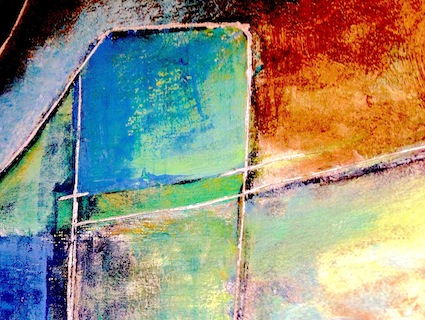Formalism In Art Pdf
It has been suggested that, and be into this article. () Proposed since November 2016. In, formalism is the study of art by analyzing and comparing form and —the way objects are made and their purely visual aspects. In painting, formalism emphasizes elements such as color, line, shape, texture, and other perceptual aspects rather than or the historical and social context. At its extreme, formalism in art history posits that everything necessary to comprehending a work of art is contained within the work of art. The context for the work, including the reason for its creation, the historical background, and the life of the artist, that is, its conceptual aspect is considered to be of secondary importance.
Buy Alpengeist Font Pdf Single Page Extract here. on this page. Contents • • • • • • Background [ ] The philosopher Nick Zangwill of Glasgow University has defined formalism in art as referring to those properties 'that are determined solely by sensory or physical properties—so long as the physical properties in question are not relations to other things and other times.' The philosopher and architect Branko Mitrovic has defined formalism in art and architecture as 'the doctrine that states that the aesthetic qualities of works of visual art derive from the visual and spatial properties.' The historical origin of the modern form of the question of aesthetic formalism is usually dated to and the writing of his third Critique where Kant states: 'Every form of the objects of sense is either figure ( Gestalt) or play ( Spiel). In the latter case it is either play of figures or the mere play of sensations. The charm ( Reiz) of colors. May be added, but the delineations ( Zeichnung) in the.

Formalist Art Criticism and the Politics of Meaning. Critical implications of art. Formalism dominated art criticism in the United States during the postwar. Kant’s Formalism? 2 an organized manifold of some sort”—such as that provided by design and composition in art—“and not an isolated sensation.”.
Composition ( Komposition). Constitute the proper object of the pure judgment of taste.'
The philosopher Donald Crawford has summarized Kant's position stating: 'Thus, for Kant, form consists of the spatial. Organization of elements: figure, shape, or delineation.
In the parts of the Critique of Judgment in which form is emphasized as the essential aspect of beauty, Kant is consistently a pure formalist.' A formal analysis is an academic method in and criticism for works of: 'In order to perceive style, and understand it, art historians use 'formal analysis'. This means they describe things very carefully.
These descriptions, which may include subjective vocabulary, are always accompanied by illustrations, so that there can be no doubt about what exists objectively'. 21st century [ ] According to the observation that works of art can in general contain formal properties and nonformal properties, the philosopher Nick Zangwill has delineated three types of formalism as they are encountered at the turn of the 21st century. First, Zangwill identifies extreme formalists who think 'that all works of art are purely formal works—where a work is purely formal if all its aesthetic properties are formal aesthetic properties,' then he defines anti-formalist thinkers as those who 'think that no works of art have formal aesthetic properties.' The third type which Zangwill identifies as representing the transition of the philosophy of aesthetics into the 21st century is that of moderate formalism, where its principle exponents defend the principle 'that all the aesthetic properties of works of art in a select class are formal, and second, that although many works of art outside that class have nonformal aesthetic properties, many of those works also have important formal aesthetic properties that must not be ignored.'
See also [ ] • • • • • • • • • • • • • Notes and references [ ].